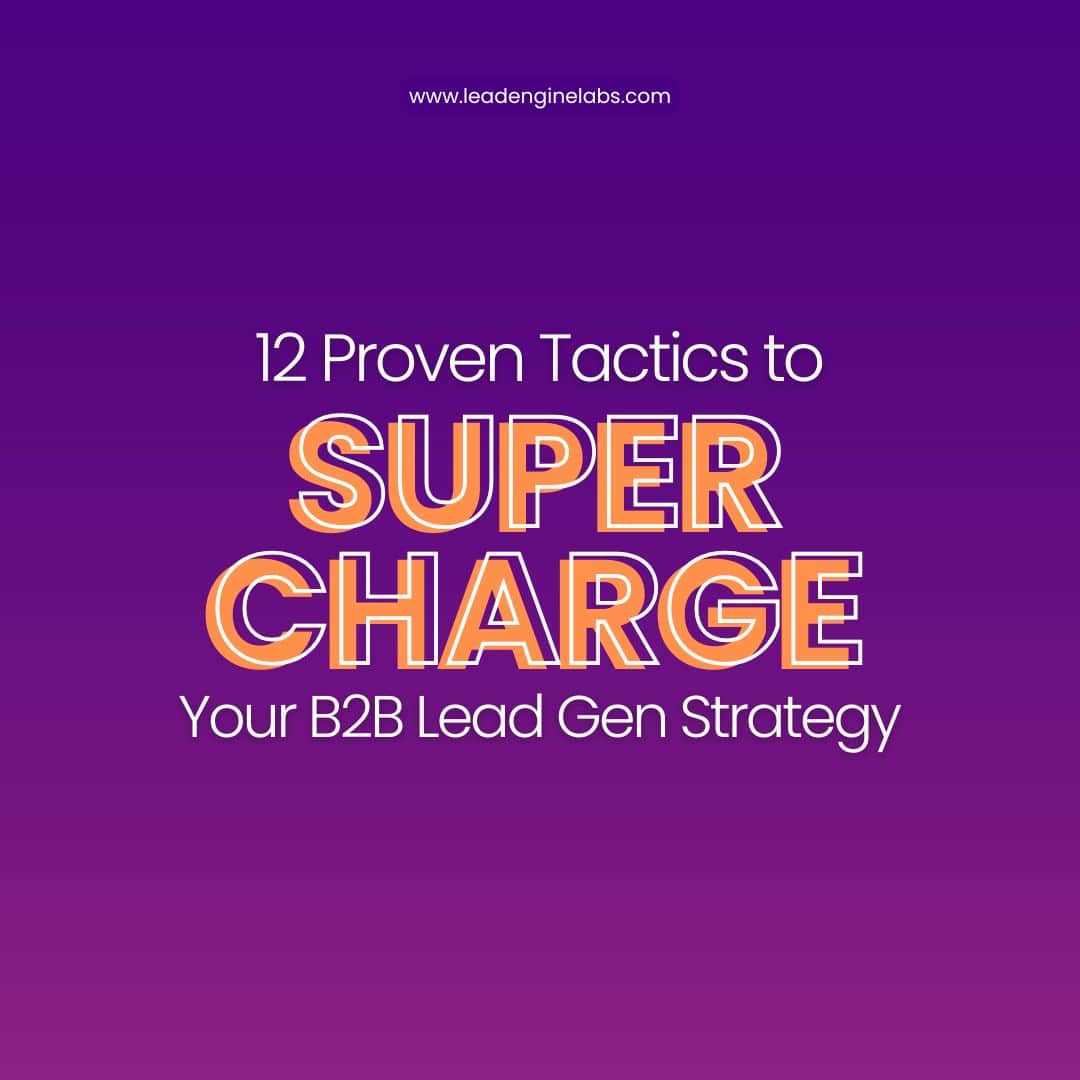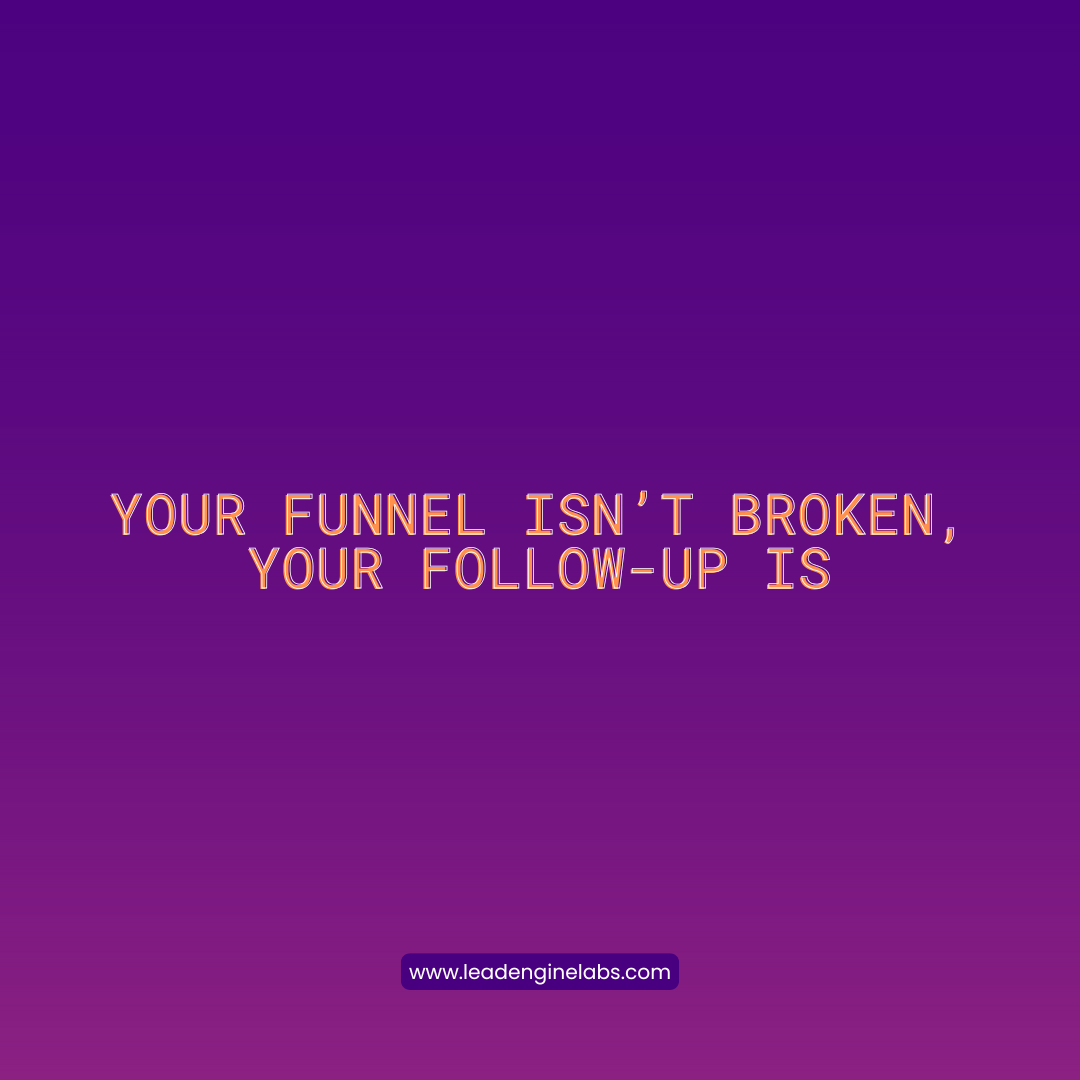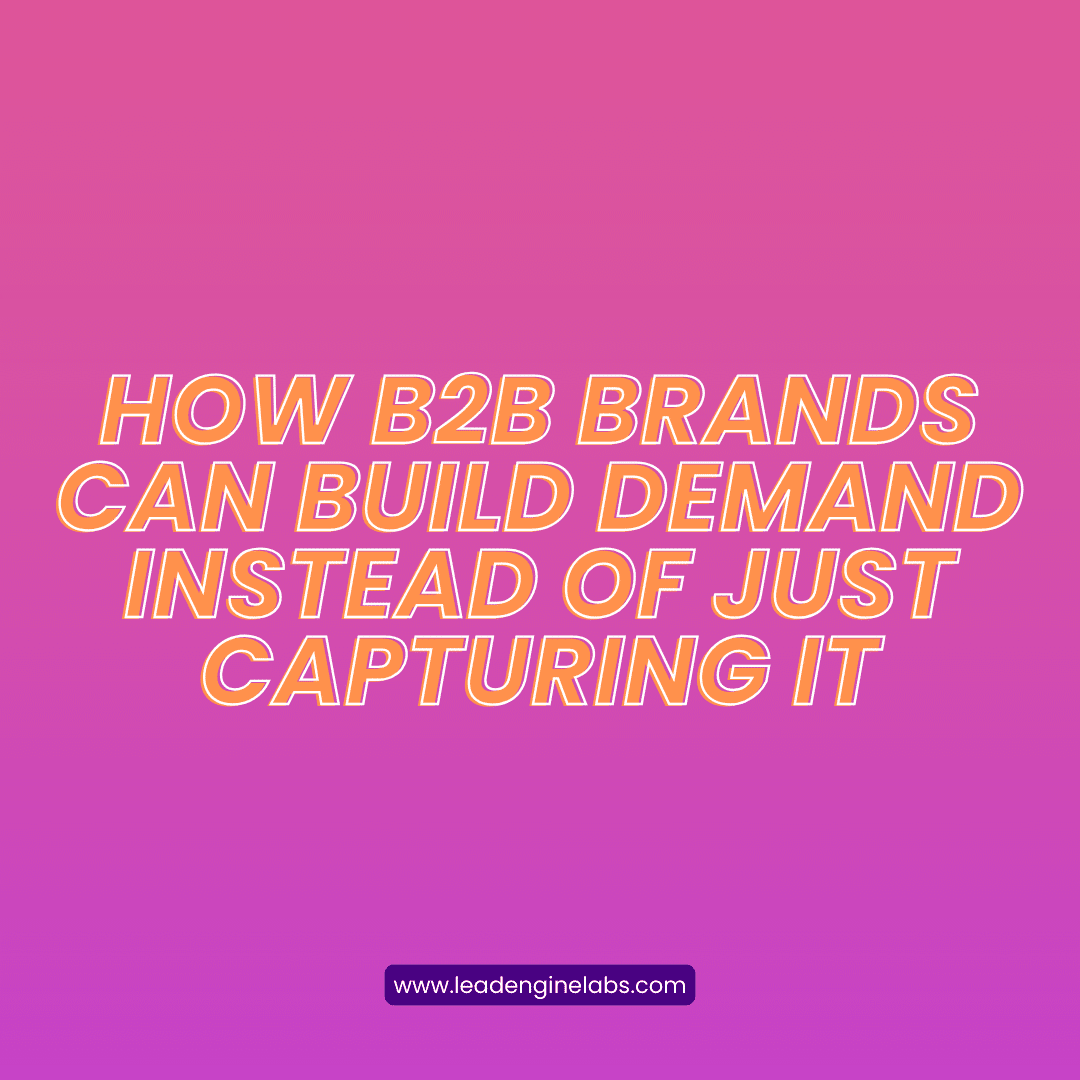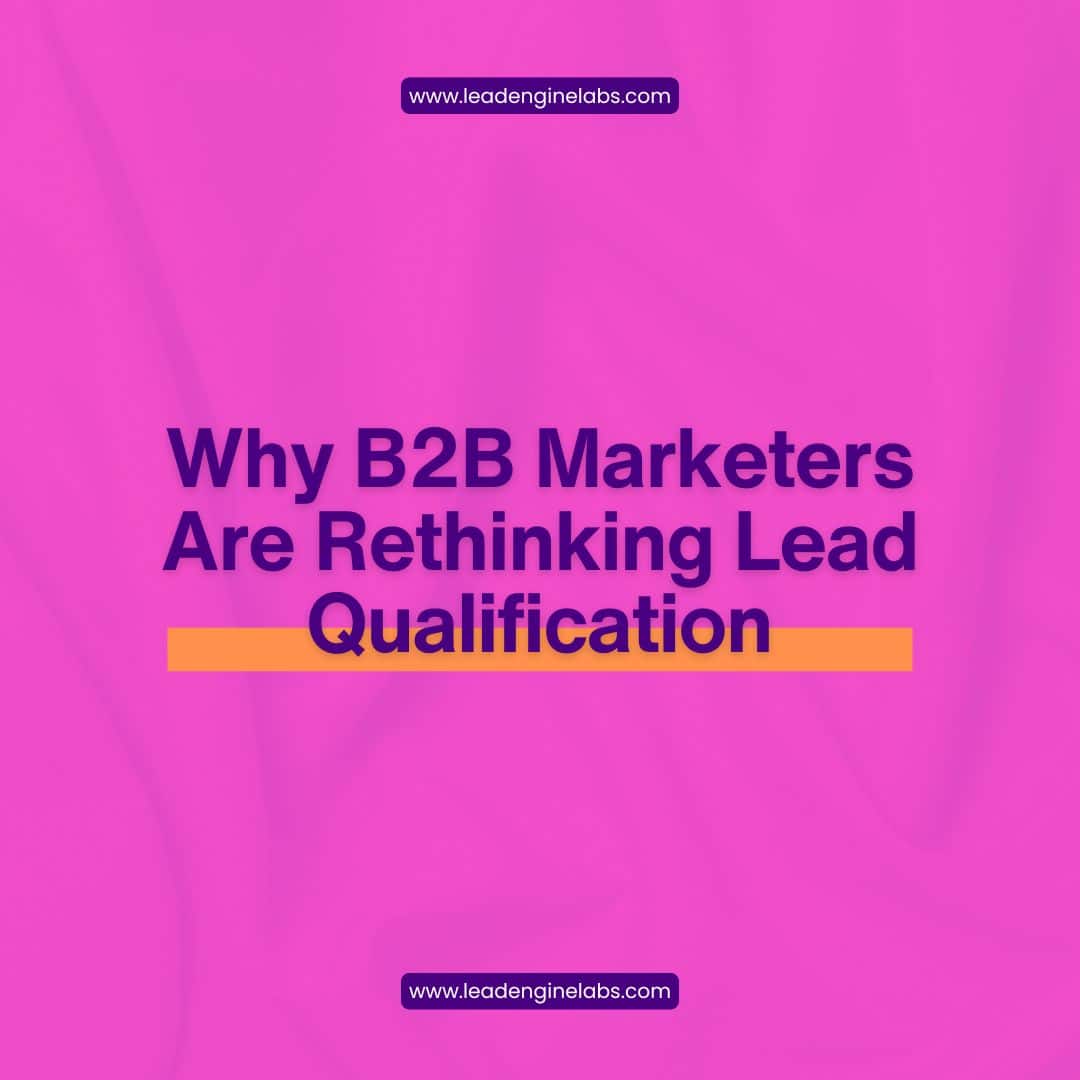Generating high-quality leads consistently is the lifeblood of business growth. As markets evolve and buyer behaviors shift, it’s crucial to continually refine and improve your lead generation strategies. This comprehensive guide will explore 12 proven tactics to enhance your B2B lead generation efforts, helping you to fill your sales pipeline with qualified prospects and drive sustainable business growth.
Why Improving your B2B Lead Generation Strategy Matters
Before diving into specific tactics, it’s important to understand why ongoing improvement of lead generation strategies is critical:
- Changing Buyer Behavior: B2B buyers are becoming more self-reliant, conducting extensive research before engaging with sales teams.
- Increased Competition: As markets become more crowded, standing out and capturing attention is increasingly challenging.
- Technological Advancements: New tools and platforms continually emerge, offering new opportunities for lead generation.
- Cost Efficiency: Improved strategies can lower customer acquisition costs and increase ROI.
- Sales and Marketing Alignment: Better lead generation strategies can improve collaboration between sales and marketing teams.
Now, let’s explore the tactics that can help you improve your B2B lead generation strategies.
1. Optimize Your Content Marketing Strategy
Content marketing remains a cornerstone of effective B2B lead generation. Here’s how to optimize it:
- Create Buyer-Centric Content: Develop content that directly addresses the pain points and challenges of your ideal customers.
- Diversify Content Formats: Experiment with various formats like blog posts, whitepapers, eBooks, videos, and podcasts to cater to different preferences.
- Implement a Content Calendar: Ensure consistent content production and distribution across all channels.
- Use Gated Content Strategically: Offer high-value content in exchange for contact information, but balance this with freely available content to build trust.
- Optimize for SEO: Ensure your content is discoverable by implementing strong SEO practices.
Remember, the goal is not just to create content, but to create valuable, relevant content that attracts and engages your target audience.
2. Leverage Account-Based Marketing (ABM)
Account-Based Marketing can significantly improve your B2B lead generation efforts:
- Identify Target Accounts: Use data and insights to create a list of high-value prospect companies.
- Personalize Your Approach: Tailor your marketing messages and content to specific accounts or industries.
- Coordinate Multi-Channel Outreach: Use a combination of email, social media, targeted ads, and direct mail to reach decision-makers within target accounts.
- Align Sales and Marketing: Ensure both teams are working together to engage and nurture target accounts.
- Measure Account Engagement: Track how target accounts interact with your brand across all touchpoints.
ABM can lead to higher quality leads and more efficient use of marketing resources.
3. Implement Advanced Lead Scoring
Enhance your lead scoring system to better qualify leads:
- Use Behavioral Data: Include actions like website visits, content downloads, and email engagement in your scoring model.
- Consider Firmographics: Factor in company size, industry, and other relevant characteristics.
- Incorporate Negative Scoring: Deduct points for actions that indicate disinterest or poor fit.
- Utilize Predictive Scoring: Leverage AI and machine learning to predict which leads are most likely to convert.
- Regularly Refine Your Model: Continuously update your scoring system based on actual conversion data.
Advanced lead scoring helps prioritize leads and ensures sales teams focus on the most promising opportunities.
4. Enhance Your Social Media Strategy
Social media can be a powerful tool for B2B lead generation when used strategically:
- Choose the Right Platforms: Focus on platforms where your target audience is most active (often LinkedIn for B2B).
- Share Valuable Content: Regularly post insights, industry news, and helpful resources.
- Engage in Social Listening: Monitor conversations about your brand, industry, and competitors.
- Leverage Employee Advocacy: Encourage employees to share company content and engage with their professional networks.
- Use Social Advertising: Implement targeted ad campaigns to reach specific audience segments.
Remember, social media for B2B is about building relationships and establishing thought leadership, not just promoting products.
Top 5 Social Media Marketing Strategies for Lead Generation
5. Optimize for Mobile
With more B2B research and purchasing decisions happening on mobile devices, mobile optimization is crucial:
- Responsive Design: Ensure your website and landing pages are fully responsive and mobile-friendly.
- Mobile-Optimized Forms: Simplify form-filling on mobile devices to improve conversion rates.
- Fast Loading Times: Optimize images and streamline code to ensure quick loading on mobile networks.
- Click-to-Call Options: Make it easy for mobile users to contact you directly from their devices.
- Mobile-Friendly Content: Ensure your content is easily consumable on smaller screens.
A seamless mobile experience can significantly improve your lead generation efforts, especially for on-the-go decision-makers.
6. Implement Chatbots and Conversational Marketing
Chatbots can enhance lead generation by providing immediate engagement:
- 24/7 Availability: Use chatbots to engage visitors and capture leads outside of business hours.
- Qualify Leads: Use conversational flows to gather key information and qualify leads in real-time.
- Personalized Recommendations: Guide visitors to relevant content or product information based on their responses.
- Seamless Handoff: Ensure a smooth transition from bot to human when more complex assistance is needed.
- Data Collection: Use chatbot interactions to gather valuable insights about visitor needs and preferences.
Conversational marketing can help capture and qualify leads more efficiently, improving the overall lead generation process.
7. Refine Your Email Marketing Approach
Email remains a powerful tool for B2B lead generation when used effectively:
- Segmentation: Divide your email list based on factors like industry, company size, or stage in the buying journey.
- Personalization: Use the data you have to personalize email content and offers.
- Automated Workflows: Set up triggered email sequences based on specific actions or behaviors.
- A/B Testing: Continuously test different elements of your emails to improve performance.
- Provide Value: Focus on delivering helpful, relevant content rather than just promotional messages.
- Mobile Optimization: Ensure your emails are easily readable on mobile devices.
Remember, the goal is to nurture leads and move them through the sales funnel, not just to fill inboxes.
8. Leverage Webinars and Virtual Events
Webinars and virtual events can be excellent lead generation tools:
- Choose Relevant Topics: Select subjects that address your audience’s key pain points and interests.
- Promote Effectively: Use multi-channel promotion to maximize attendance.
- Engage Attendees: Use polls, Q&A sessions, and breakout rooms to increase engagement.
- Follow-Up Strategy: Have a plan in place to nurture leads after the event.
- On-Demand Access: Make recordings available to capture leads even after the live event.
These events provide value to attendees while allowing you to showcase your expertise and capture leads.
9. Optimize Your Website for Conversions
Your website is often the first point of contact for potential leads. Optimize it for lead generation:
- Clear Value Proposition: Ensure visitors immediately understand what you offer and why it matters.
- Streamlined Navigation: Make it easy for visitors to find the information they need.
- Strong Calls-to-Action (CTAs): Use clear, compelling CTAs throughout your site.
- Lead Capture Forms: Strategically place forms to capture leads at different stages of the buyer’s journey.
- Social Proof: Include testimonials, case studies, and client logos to build credibility.
- Fast Loading Speed: Ensure your site loads quickly to reduce bounce rates.
Remember, every page on your website is a potential entry point for leads.
10. Implement Referral Programs
Referrals can be a valuable source of high-quality B2B leads:
- Incentivize Referrals: Offer rewards for successful referrals, whether monetary or otherwise.
- Make It Easy: Provide tools and templates to make the referral process simple for your advocates.
- Target the Right Advocates: Focus on satisfied customers and partners who understand your value proposition.
- Follow Up Promptly: Respond quickly to referrals to maintain momentum.
- Show Appreciation: Acknowledge and thank your referrers, regardless of the outcome.
A well-structured referral program can bring in pre-qualified leads with a higher likelihood of conversion.
11. Utilize Retargeting and Remarketing
Retargeting can help you re-engage potential leads who have shown interest:
- Segment Your Audience: Create different retargeting campaigns based on specific actions or pages visited.
- Provide Value: Use retargeting to offer helpful content, not just to push for a sale.
- Set Frequency Caps: Avoid overwhelming your audience with too many ads.
- Use Multiple Channels: Implement retargeting across display ads, social media, and email.
- Create a Sense of Urgency: Use time-limited offers to encourage action.
Retargeting can help keep your brand top-of-mind and nurture leads over time.
12. Continuous Testing and Optimization
Improving your B2B lead generation strategies is an ongoing process:
- A/B Testing: Regularly test different elements of your lead generation efforts, from email subject lines to landing page designs.
- Data Analysis: Use analytics tools to gain insights into what’s working and what isn’t.
- Stay Informed: Keep up with industry trends and new technologies that could impact lead generation.
- Feedback Loop: Establish a system for sales to provide feedback on lead quality to marketing.
- Regular Strategy Reviews: Conduct periodic reviews of your overall lead generation strategy and adjust as needed.
By committing to continuous improvement, you can ensure your lead generation strategies remain effective over time.
Conclusion
Improving your B2B lead generation strategies is crucial for maintaining a healthy sales pipeline and driving business growth. By implementing these 12 tactics – from optimizing your content marketing and leveraging ABM to refining your email approach and continuous testing – you can significantly enhance your lead generation efforts.
Remember, the key to successful B2B lead generation is to provide value at every touchpoint of the buyer’s journey. By focusing on understanding and addressing the needs of your target audience, you can attract higher quality leads and nurture them more effectively.
Implementing these strategies may require time and resources, but the potential benefits – increased lead quality, improved conversion rates, and ultimately, business growth – make it a worthwhile investment. Start by assessing your current lead generation efforts, identify areas for improvement, and gradually implement these tactics. With persistence and a data-driven approach, you can transform your B2B lead generation strategy and set your business up for long-term success.





